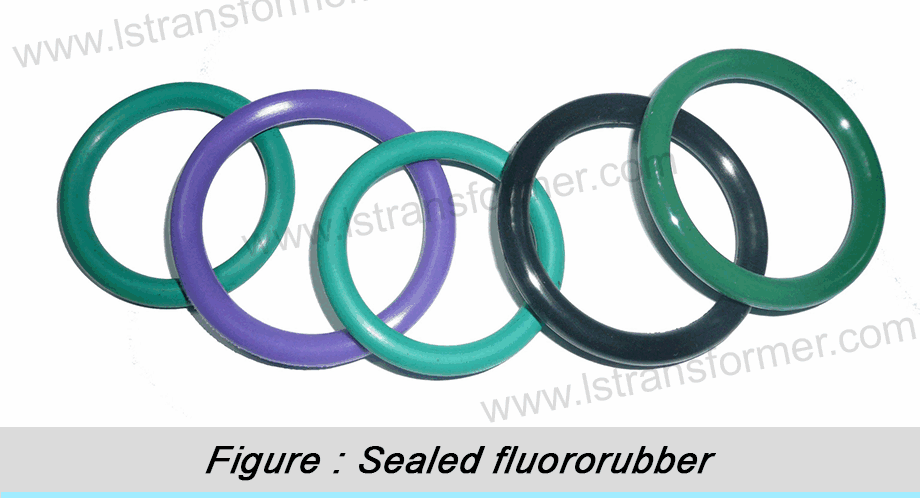Why Does Solar Power Plant Output Drop Suddenly? —Core Causes and Smart Solutions for Reactor Failures
Why Does Solar Power Plant Output Drop Suddenly?
—Core Causes and Smart Solutions for Reactor Failures
As global photovoltaic (PV) capacity exceeds 1 terawatt (TW), solar plant operators face growing operational challenges. According to the International Energy Agency (IEA), 23% of solar power generation losses are directly linked to reactor failures, causing annual economic losses exceeding $5 billion. This article analyzes the root causes of reactor malfunctions and provides actionable solutions to restore 99% power generation efficiency, ensuring long-term profitability for solar plants.
Content
1. Three Core Causes of Reactor Failures in Solar Plants
•Harmonic Resonance: The Invisible Threat to Inverters and Grids
•Issue:PV inverters generate 5th and 7th harmonics (250–350 Hz), which interact with grid impedance, triggering resonance. This overloads reactors (formula: ).
).
•Case Study:A 50MVA solar substation experienced reactor temperatures exceeding 120°C (IEC limit: 95°C), slashing insulation lifespan from 15 to 3 years. Monthly inverter failures surged to 6 incidents, causing 30% output drop and $2.3 million in annual losses.
•Thermal Runaway: Critical Flaws in Cooling Systems
•Issue: Dust accumulation (>200 mg/m³) or blocked cooling ducts reduce heat dissipation efficiency by 40%.
•Case Study:In a desert plant, reactor winding temperatures spiked from 85°C to 135°C, triggering 500% surge in partial discharge (PD). Insulation breakdown led to $2 million in repair costs.
• Environmental Corrosion: Dust and Moisture Damage
•Issue: Silica particles (Mohs hardness 7) erode reactor coatings, while humidity (>85% RH) accelerates metal corrosion.
•Case Study: A coastal plant using non-IP67 reactors saw 1.5mm/year corrosion (vs. normal <0.1mm). Terminal short-circuits within 18 months caused 22% output decline.
2.Smart Solutions to Prevent and Fix Reactor Failures
•Harmonic Suppression: From Passive to Active Defense
•Detuned Reactors: Customized for 5th harmonics with 7% reactance, raising impedance to 100Ω (vs. standard 10Ω). Compliance with IEEE 519-2022 slashes harmonic currents by 90%.
•Result:A Spanish plant reduced inverter failures by 85% and recovered 25% annual output.
• AI-Driven Temperature Control Systems
•Fiber Optic Sensors:Monitor hotspots with ±0.5°C accuracy. AI predicts thermal risks 48 hours in advance.
•Self-Cleaning Radiators: Reduce dust buildup by 80% and boost cooling efficiency by 35%.
•Result: An Indian desert plant cut reactor repair time from 72 hours to 2 hours, lowering maintenance costs by 40%.
•Modular Replacement: Minimize Downtime
•Standardized Components: Replace reactor windings or radiators without full disassembly.
•Result: An Australian plant reduced downtime from 3 days to 8 hours, cutting output losses by 90%.
•Advanced Materials for Harsh Environments
•Plasma-Sprayed Ceramic Coating: 50µm layer improves wear resistance by 8x (ASTM B117).
layer improves wear resistance by 8x (ASTM B117).
•Fluoropolymer Seals: IP68-rated seals withstand -30°C to 150°C, blocking dust and moisture.
•Result:A Chinese plant extended reactor lifespan from 2 to 8 years, while Southeast Asian coastal plants reduced terminal corrosion by 95%.
In Summary
Reactor failures stem from harmonic resonance, thermal overload, and environmental corrosion. By adopting detuned reactors, AI-driven thermal management, and modular replacement, operators can recover 95%+ power output and slash O&M costs by 30–50%. Aligned with IEC and IEEE standards, this roadmap ensures economic returns and sustainable green energy growth.
Contact Us
LuShan, est.1975, is a Chinese professional manufacturer specializing in power transformers and reactors for50+ years. Leading products are single-phase transformer, three-phase isolation transformers,electrical transformer,distribution transformer, step down and step up transformer, low voltage transformer, high voltage transformer, control transformer, toroidal transformer, R-core transformer;DC inductors, AC reactors, filtering reactor, line and load reactor, chokes, filtering reactor, and intermediate,high-frequency products.
Our power transformers and reactors are widely used in 10 application areas: rapid transit, construction machinery, renewable energy, intelligent manufacturing, medical equipment, coal mine explosion prevention , excitation system, vacuum sintering(furnace), central air conditioning.
Know more about power transformer and reactor :www.lstransformer.com.
If you would like to obtain customized solutions for transformers or reactors, please contact us.
WhatsApp:+86 17267488565
Email:sales@hnlsdz.com

 EN
EN
 FR
FR DE
DE ES
ES



